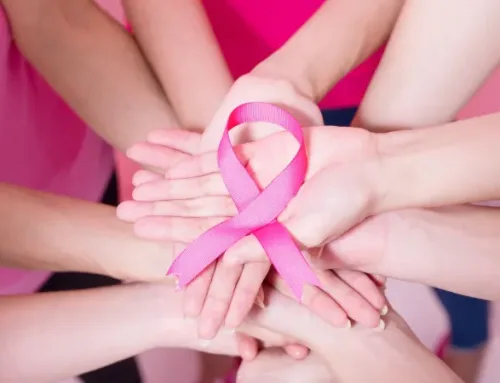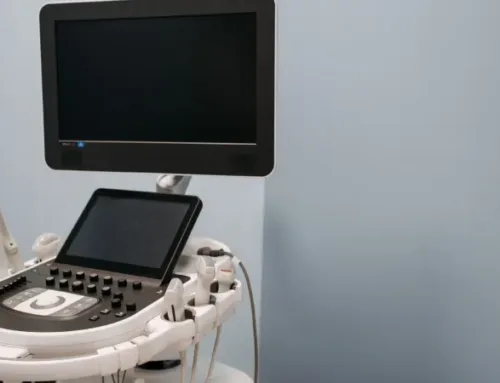Breast cancer is often associated with older women, but it can also affect younger adults. While breast cancer is more common in older women, younger adults can still develop the disease. Breast cancer in young adults can be more aggressive and harder to detect, which makes early detection and treatment vital.
In this article, we’ll explore some of the common questions related to breast cancer in them.
What is breast cancer in young adults?
Breast cancer is the abnormal growth of cells in the breast tissue. In them, breast cancer is usually defined as cancer that is diagnosed before the age of 40. The cancer can occur in both men and women, although it is more common in women.
What are the risk factors for breast cancer in young adults?
The risk factors for breast cancer in them can include a family history of breast cancer, certain genetic mutations, exposure to radiation, and having dense breast tissue. Other risk factors can include alcohol consumption, obesity, lack of physical activity, and hormonal factors.
What are the symptoms of breast cancer in young adults?
The symptoms of breast cancer in them can include a lump or thickening in the breast tissue, changes in breast size or shape, nipple discharge or inversion, redness or scaling of the nipple or breast skin, and breast pain. It is important to note that these symptoms can also be caused by other conditions, so it is important to see a doctor for an accurate diagnosis.
How is breast cancer in young adults diagnosed?
Breast cancer in them is usually diagnosed through a combination of physical examination, imaging tests such as mammograms, ultrasounds, and MRIs, and biopsy of suspicious tissue. It is important to see a doctor as soon as possible if you notice any changes in your breast tissue or experience any symptoms.
What are the treatment options for breast cancer in young adults?
Treatment for breast cancer in them can vary depending on the stage and severity of the cancer. Common treatment options include surgery to remove the tumor, radiation therapy, chemotherapy, targeted therapy, and hormone therapy. A combination of these treatments may be used to achieve the best possible outcome.
What can be done to reduce the risk of breast cancer in young adults?
These include maintaining a healthy weight, engaging in regular physical activity, limiting alcohol consumption, and avoiding exposure to radiation. Women with a family history of breast cancer or other risk factors may also benefit from genetic counseling and screening.
What are the risk factors for breast cancer in young adults?

The risk factors for breast cancer in young adults are similar to those for older adults and include a family history of breast cancer, certain genetic mutations (such as BRCA1 or BRCA2), previous radiation therapy to the chest, and hormonal factors such as early onset of menstruation or late menopause.






